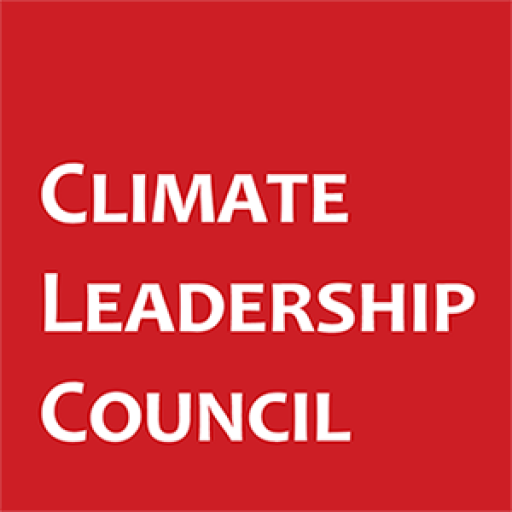The Council’s America’s Carbon Advantage 2025 report analyzes the foundation of the U.S. carbon advantage. The three factors driving the U.S. carbon advantage across the economy are energy efficiency, the electricity mix, and direct industrial energy use.

Figure 2 in the report evaluates those three key factors in the U.S. and other major economies.
Energy efficiency, represented by the blue diamonds, measures how much energy is required to produce $1 trillion in industrial value-added. The U.S. and the EU lead in energy efficiency due to higher electrification rates and lower heat losses across systems.
The red bars represent the carbon emissions from electricity consumed by the industrial sector. The U.S. benefits from a cleaner electricity mix, with significant contributions from renewables, nuclear, and natural gas. Other major manufacturing economies, like China and India, remain heavily reliant on coal-fired power, leading to higher emissions.
The light blue bars indicate emissions from direct industrial energy use—onsite energy generation for industrial steam, heat, and power or to facilitate chemical processes. U.S. industrial facilities have transitioned to lower-emission energy sources, such as natural gas and renewables, reducing their direct emissions. This is particularly important in energy-intensive industries such as steel, cement, and chemicals, where industrial processes require significant heat input.
These three factors are not isolated. When facilities are more efficient—require less energy to produce the same output—emissions naturally decline. However, the impact is even more pronounced when energy-efficient operations also rely on lower-carbon electricity and energy sources. This combination is what gives U.S. industry its carbon advantage.
Specific choices within industries also contribute to the U.S. carbon advantage. For example, the U.S. primarily uses natural gas instead of coal to produce ammonia, a key ingredient in fertilizers and water purification. This choice alone results in 30% lower emissions compared to the global average. The U.S. preference for electric arc furnace technologies to manufacture steel has made the U.S. steel industry the cleanest major producer in the world.
The U.S. has a clear edge in low-carbon manufacturing, and preserving this carbon advantage will require continued innovation and a supportive policy environment.
